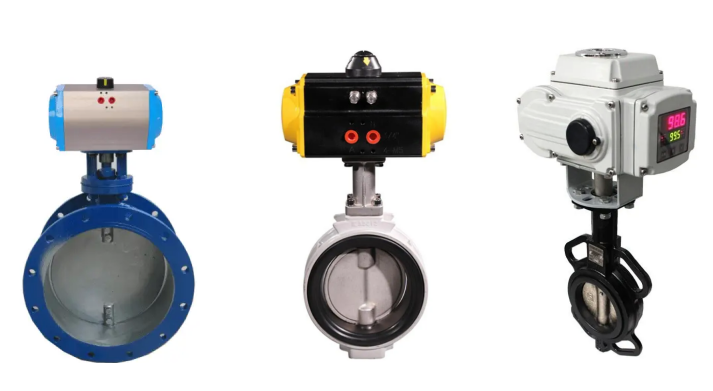What Is An Advantage Of A Butterfly Control Valve?
On this page
Butterfly control valves are highly versatile in various industrial applications, offering several key advantages that make them preferable in many scenarios. Here are the primary benefits of using butterfly control valves:


Butterfly Control Valves
Butterfly control valves are known for their versatility across different cycles of operation. They respond quickly to control signals, making them ideal for applications in wastewater management and large-scale water distribution systems. Their efficient sealing capabilities against service media ensure reliable performance in critical environments.
One of the significant advantages of butterfly control valves is their compact and lightweight design compared to other valve types like ball valves. This feature not only reduces structural support requirements but also makes them more cost-effective alternatives to gate and globe valves. Additionally, their minimal maintenance needs contribute to lower operational costs over time.
The circular plate design of butterfly control valves allows for efficient flow control and regulation. This capability makes them suitable for various applications in industries such as agriculture and water treatment. Despite their lightweight construction, butterfly valves can handle large flow rates and fluids with suspended solids, although they are limited by low-pressure differentials.
Butterfly control valves are designed with unbalanced torque reduction mechanisms, which enhances their applicability in high-pressure environments. They operate with low opening and closing pressures, reducing the risk of water hammer that could damage valve components. Their ability to control and throttle flow makes them suitable for moderate to high-pressure conditions while ensuring energy-efficient operation.
The simplicity of butterfly control valve design translates into easy installation, operation, and minimal maintenance requirements. They are typically more cost-effective than ball valves of similar size, making them a preferred choice for budget-conscious projects. Moreover, their ability to be automated further enhances their efficiency and reduces operational costs over the long term.
With a 90-degree turning radius, butterfly control valves offer rapid sealing upon actuation, allowing for precise flow control with minimal effort. Different types of butterfly control valves, such as zero-offset, double-offset, and triple-offset, cater to varying pressure requirements. Higher-offset designs enable the handling of increased pressures, ensuring robust performance across diverse operational conditions.
Butterfly control valves excel in maintaining consistent fluid pressures with minimal pressure drop during operation. They facilitate swift energy recovery after fluid passage, optimizing the efficiency of pump systems. This feature ensures stable fluid dynamics and contributes to sustained operational efficiency in industrial settings.
Butterfly control valves stand out as versatile and efficient components in industrial fluid control systems. Their compact design, precise flow regulation capabilities, and energy-efficient operation make them indispensable in various applications across industries. Whether for wastewater management, water distribution, or industrial processes, butterfly valves offer reliable performance, cost savings, and ease of operation, making them a preferred choice for engineers and project managers worldwide.
